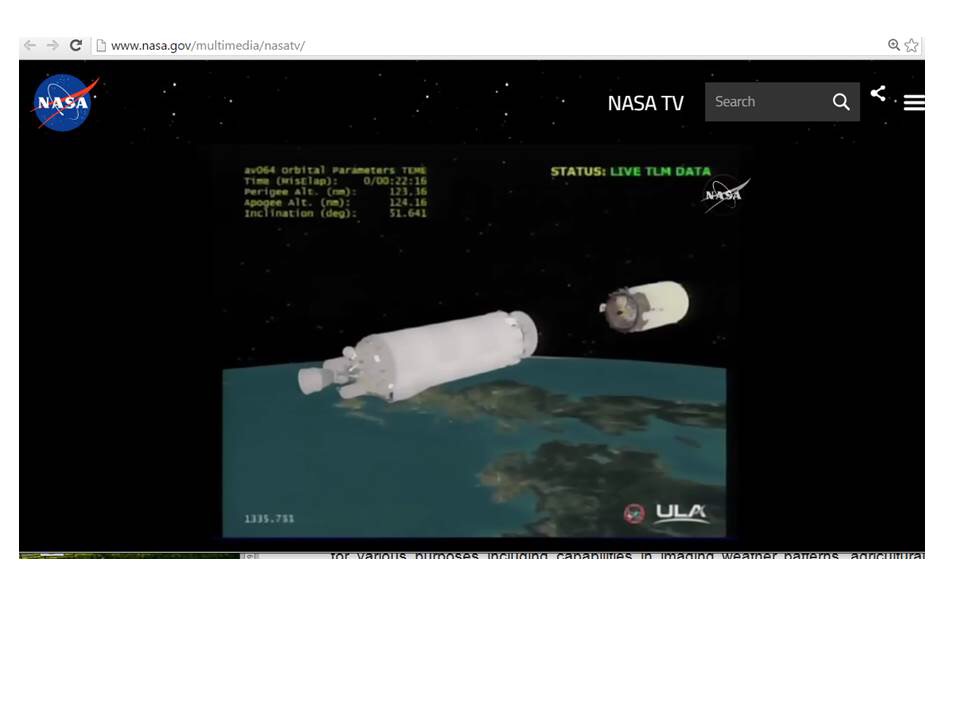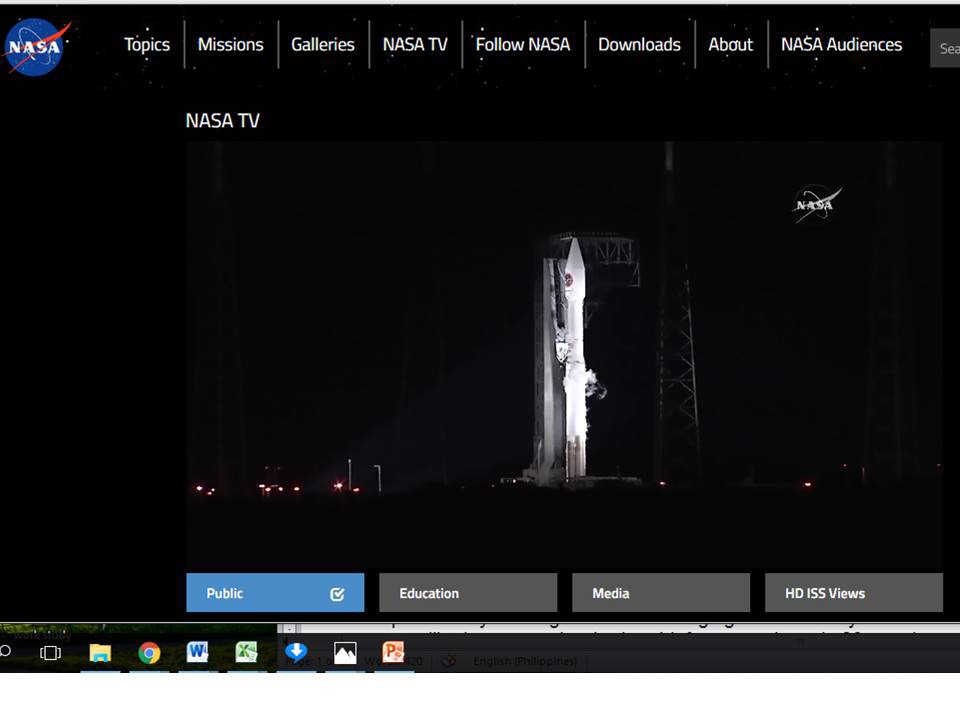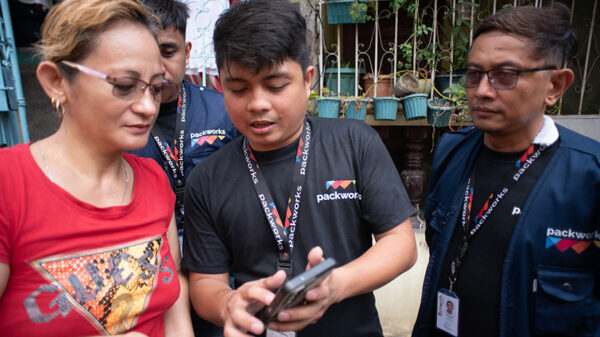Diwata-1, the Philippines’ first microsatellite, took off at 11:05 today from the National Aeronautics and Space Administration in Camp Canaveral, Florida, USA to the International Space Station where it will be calibrated before foraying into mission. Diwata-1 was aboard Cygnus, an American automated cargo spacecraft designed to transport supplies to the International Space Station.

Diwata-1 is among the five microsatellites carried by Cygnus along with essential supplies and research materials that will be off-loaded at the space station.
Diwata-1’s launch marks a breakthrough in Philippine history as the country finally sends its own microsatellite into space. Diwata-1 is designed, developed, and assembled by Filipino scientists.
Department of Science and Technology Secretary Mario G. Montejo said that Diwata-1’s launch into space would enable the government togenerate real-time data that will help the country improve its disaster-response mechanisms.
“The satellite will also aid the rest of the country in terms of agriculture and tourism, with the satellite giving data that will help farmers decide what crops to plant and where, while also capturing the country’s natural wonders,” Montejo said.

The separation of Cygnus from the rocket. Cygnus will orbit around the Earth for three days carrying Diwata-1 and other deliveries while maneuvering into higher orbit. Acording to NASA, the Cygnus by Saturday will be captures by astronauts using a “robotic arm.”
Filipino-made satellite
A 50-kg imaging satellite,Diwata-1 was assembled by nine young Filipino engineers stationed in Tohoku and Hokkaido University in the last 14 months. At the space station where it was brought today via the spacecraft Cygnus, Diwata will be tuned up to ready it for orbit this April.
At the space station, Diwata will be housed in the Japanese Experiment Module nicknamed “Kibo”where the microsatellite will be released into space at an altitude of 400 kilometers from the earth’s surface.
Diwata-1 has four specialized cameras for imaging weather patterns, agricultural productivity, and land and water resources. Diwata-1 is expected to be in orbit for approximately 20 months, taking images twice daily.
And while Diwata-1 is still in orbit, its sister Diwata-2 will be launched late 2017 or early 2018.
Space technology in the Philippines
In 2014, the Philippine Government through the DOST embarked on a research program to develop the necessary local expertise in space technology and allied emerging fields in science and engineering. The flagship project of this program is the PhilMicrosat Program handled by several departments in UP Diliman and DOST’s Advanced Science and Technology Institute. The program also has two partner universities in Japan where the Diwata engineers are taking their higher studies.
Along with the microsatellite development is the installation of the satellite ground receiving station in Subic, Zambales that is tasked to receive DIiwata-1 imagery, including other images from selected commercial satellites. Another space-related facility under construction is the UP Diliman Microsatellite Research and Instructional facility which will be the hub of training for future space technology research and development activities.
Diwatas 1 and 2, and the ground station called the Philippine Earth Data Resources Observation (PEDRO)are part of a three-year, P840.82-million microsat program.
Diwata-1’s delivery to the international space station is a momentous event for the Philippines especially to the research team and its partners. It is one step further in the country’s long journey towards developing homegrown science and technology expertise and finally put the Philippines in the list of nations that have the capacity of venturing into space and beyond. (DOST)





















































































































